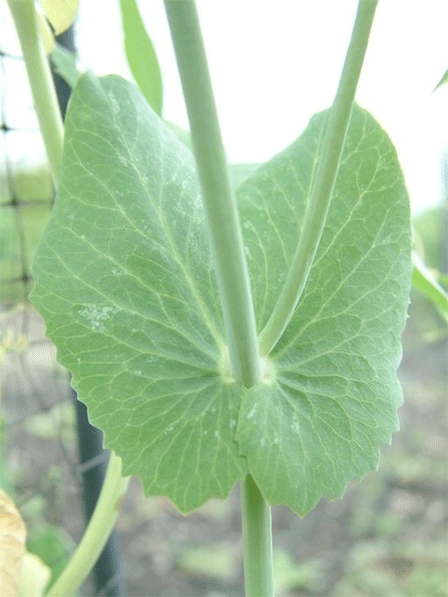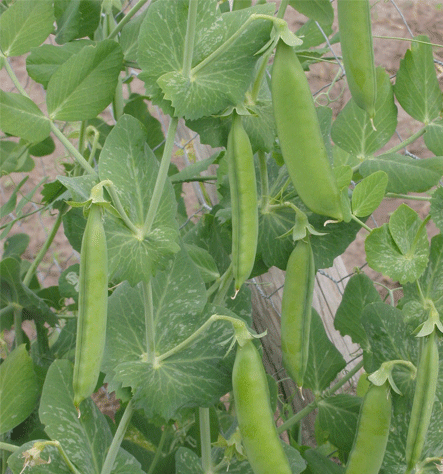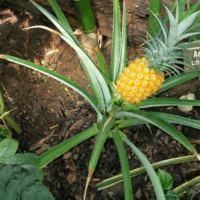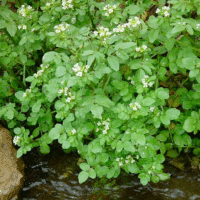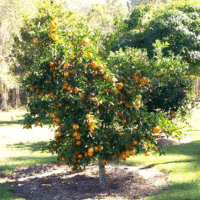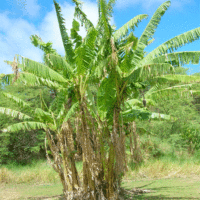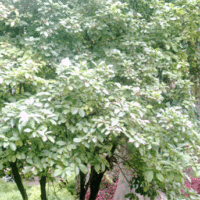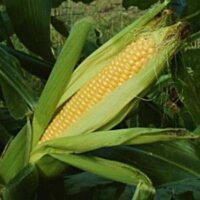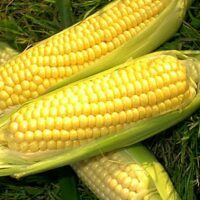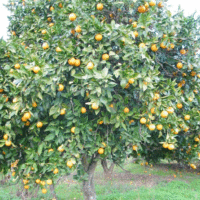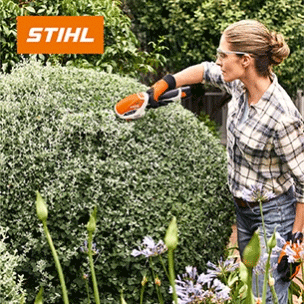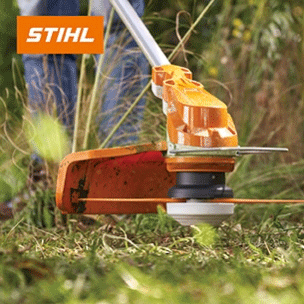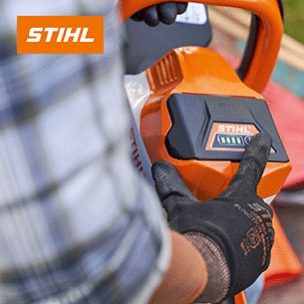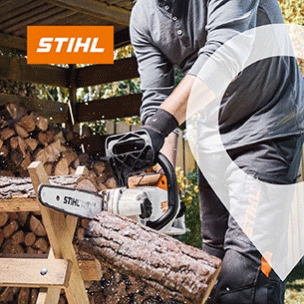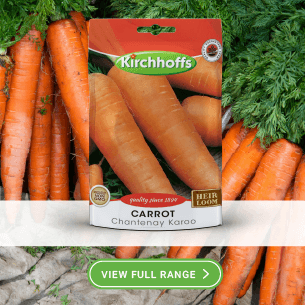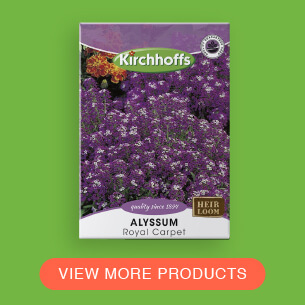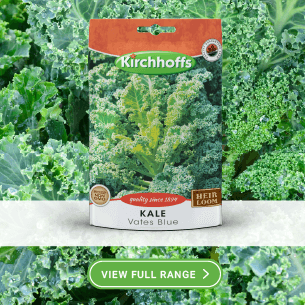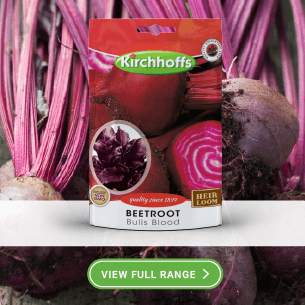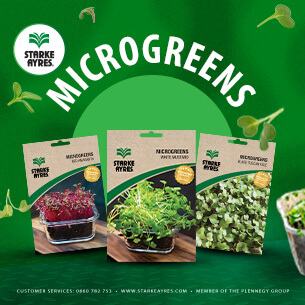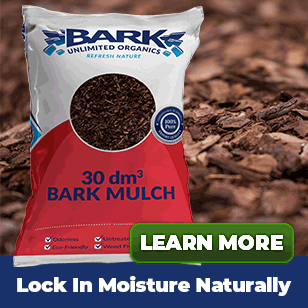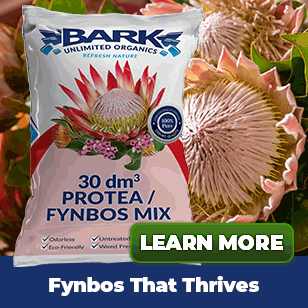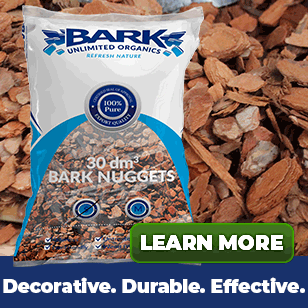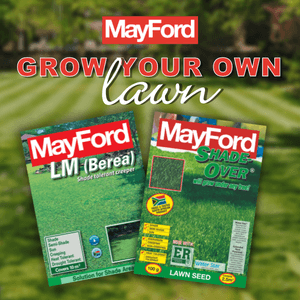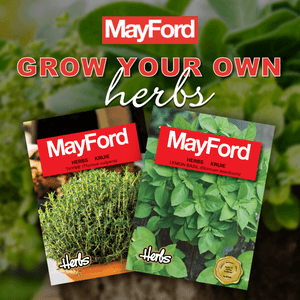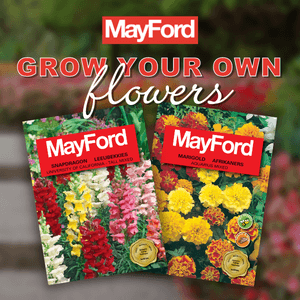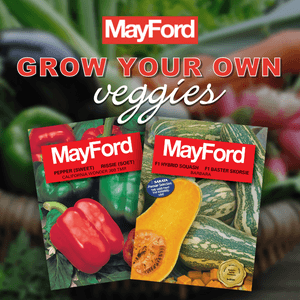| Botanical name | Pisum sativum |
|---|---|
| Plant Care |  Full Sun Full Sun – Prefers 6 or more hours of sun per day.  Half Sun Half Sun – Prefers 3 To 6 Hours of Sunlight a Day.  Moderate Watering Moderate Watering – Requires Regular Watering.  Non Indigenous Non Indigenous – Exotic to South Africa. |
| Categories | |
| Flowers | This plant bears butterfly-like flowers. |
| Common name(s) | Peas |
| Origin | |
| Foliage | This species had divided foliage, 4-6 opposite leaflets with leafy, rounded stipules and the main axis ending as a tendril. |
| Maintenance | Peas usually don’t need extra fertilizer once they start growing. Stunted yellow plants, in most cases, are the result of poor soil drainage. Peas are climbers, so support them with a trellis, wires or stakes. |
| Fruit | The fruit is a flat oblong pod, containing few to several seeds. |
| Soil conditions | Well drained , Fertile , Enriched |
| Common pests and diseases | Aphids, thrips, leaf miner, red spider mite. Mildew in very wet weather. |
| Recommended varieties | Sugar Snap’, a thick- walled sweet pod, is eaten whole, either raw or cooked; ‘Greenfeast’, with an edible, tender pod, is tall growing. |
| Harvest | Pick peas twice a week while they are young, otherwise they will become hard. Handle the bushes carefully, supporting the plant with one hand while picking with the other. |
| Yield | A row of 3–4m should yield enough for a family of four. Sow every four weeks in season. |
| When to sow | |
| Seed sowing instructions | In Autumn, sow seeds in shallow drills 25–40mm deep, 50mm apart, in single or double rows 150mm apart, allowing 600mm between the rows. Sow in succession to ensure a supply of peas throughout the season. |
Pisum sativum (Peas)
- Botanical name: Pisum sativum
- Common name(s): Peas
- Categories: Fruits and Vegetables
Plant description:
Peas are one of the best cool-season crops, being hardy, easy to grow and adaptable to most soil types. There are two main types: those that are podded, and those, such as snow peas (mangetout), that are eaten whole. Fresh peas are best eaten shortly after picking; these nutritious vegetables are rich in protein.
Family: Fabaceae
Botanical Pronunciation: PEES-um suh-TYE-vum
Pisum sativum requirements and features
info on these icons
Moderate Maintenance
Requires moderate maintenance.
Prohibited Use Notice: No Data Scraping Allowed Except for Search Engine Indexing:
The content provided on PlantInfo.co.za is intended for personal, non-commercial use only. Unauthorized extraction, reproduction, or use of the data, including scraping, for any purpose other than search engine indexing is strictly prohibited. Violations of these terms may result in legal action. By accessing and using this website, you agree to comply with these conditions and acknowledge the legal restrictions on the use of our content.
This plant bears butterfly-like flowers.
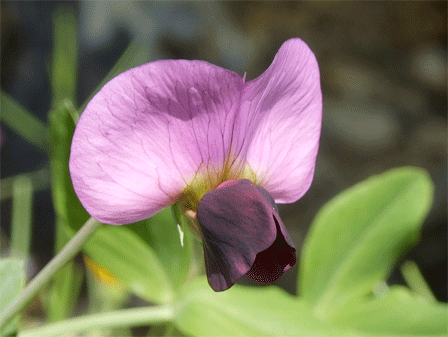
This species had divided foliage, 4-6 opposite leaflets with leafy, rounded stipules and the main axis ending as a tendril.
